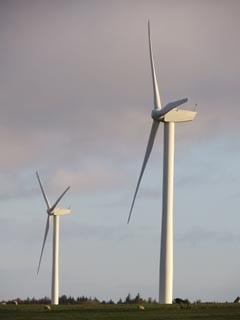Who pays for greenhouse gas reductions? Take a guess
The Energy Bill had its Third Reading in the House of Commons on 4 June. It should now be only a formality before it becomes law.
It enables a massive decarbonisation of the power sector by 2030, with the emissions intensity of the power sector rapidly reduced and a new generation of clean power plants to be built, ensuring the UK can cut its greenhouse gas emissions by 50% by 2030.
That will not be achieved without a cost. The Department for Energy & Climate Change document ‘Policy impacts on prices and bills’ estimates that the government policy will add up to 36% to business energy bills in the next seven years and who-knows-how-much after that.
That is on top of any price increases in fuels themselves – and according to DECC’s December 2012 Quarterly Prices survey, the UK saw a 9% rise in non-domestic energy prices during the 12 months to December 2012.
Taking action to reduce energy usage and perhaps take advantage of the feed in levy by generating electricity through wind or solar energy increases bottom line profit of businesses, maintaining the value of the business and protecting it from future rises in fuel bills, which is hard to see not being significant.

